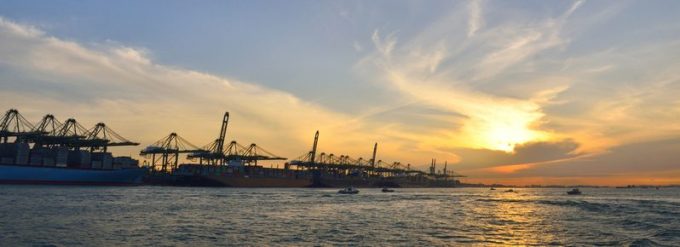'Tariff today, gone tomorrow' taking transpac box trade to the brink
Is Trump taking us back to tramp shipping?

As an unparalleled year for container shipping draws to a close ocean carriers are popping champagne corks to celebrate record profits, while beleaguered shippers reel against skyrocketing freight rates and a broken supply chain.
2020’s annus horribilis for shippers threatens their very existence and has left ...

Comment on this article